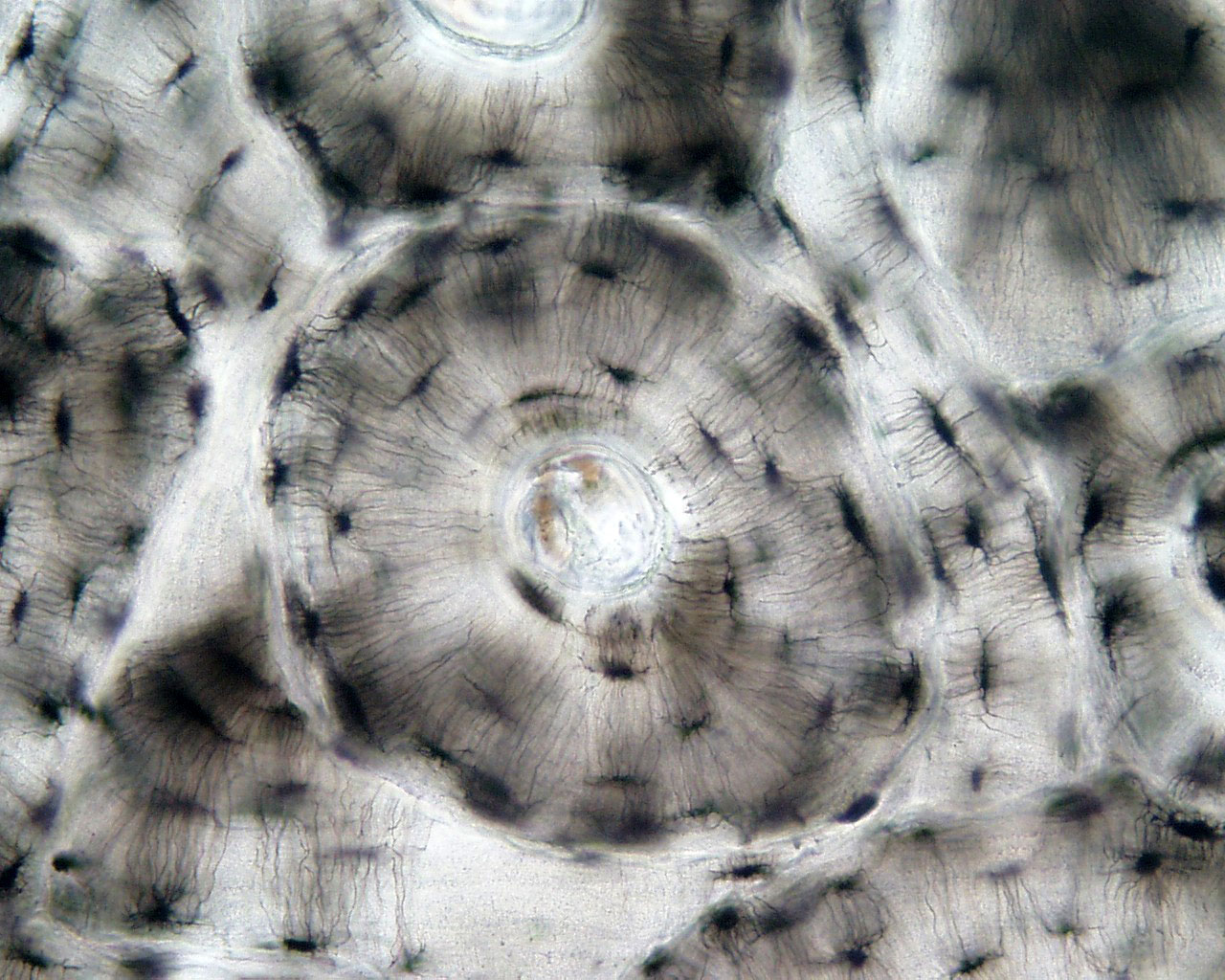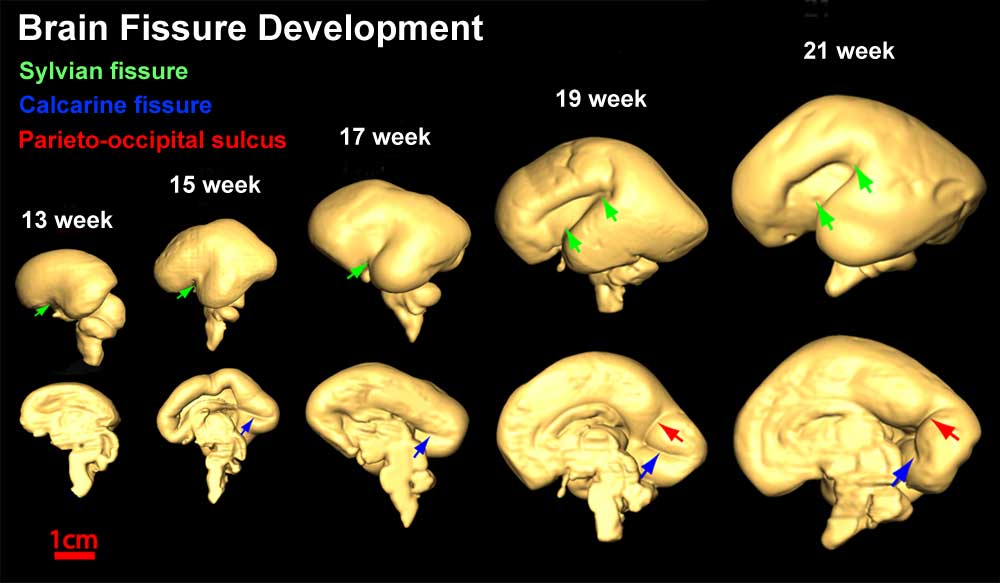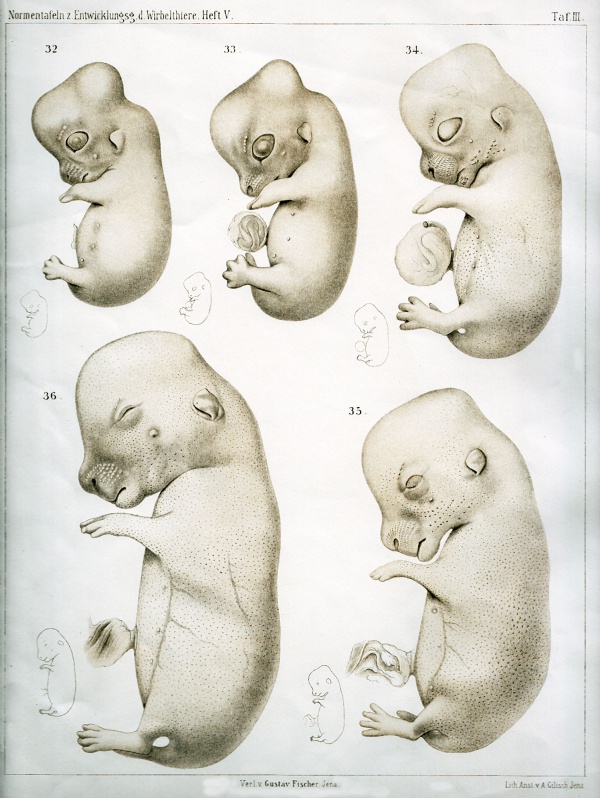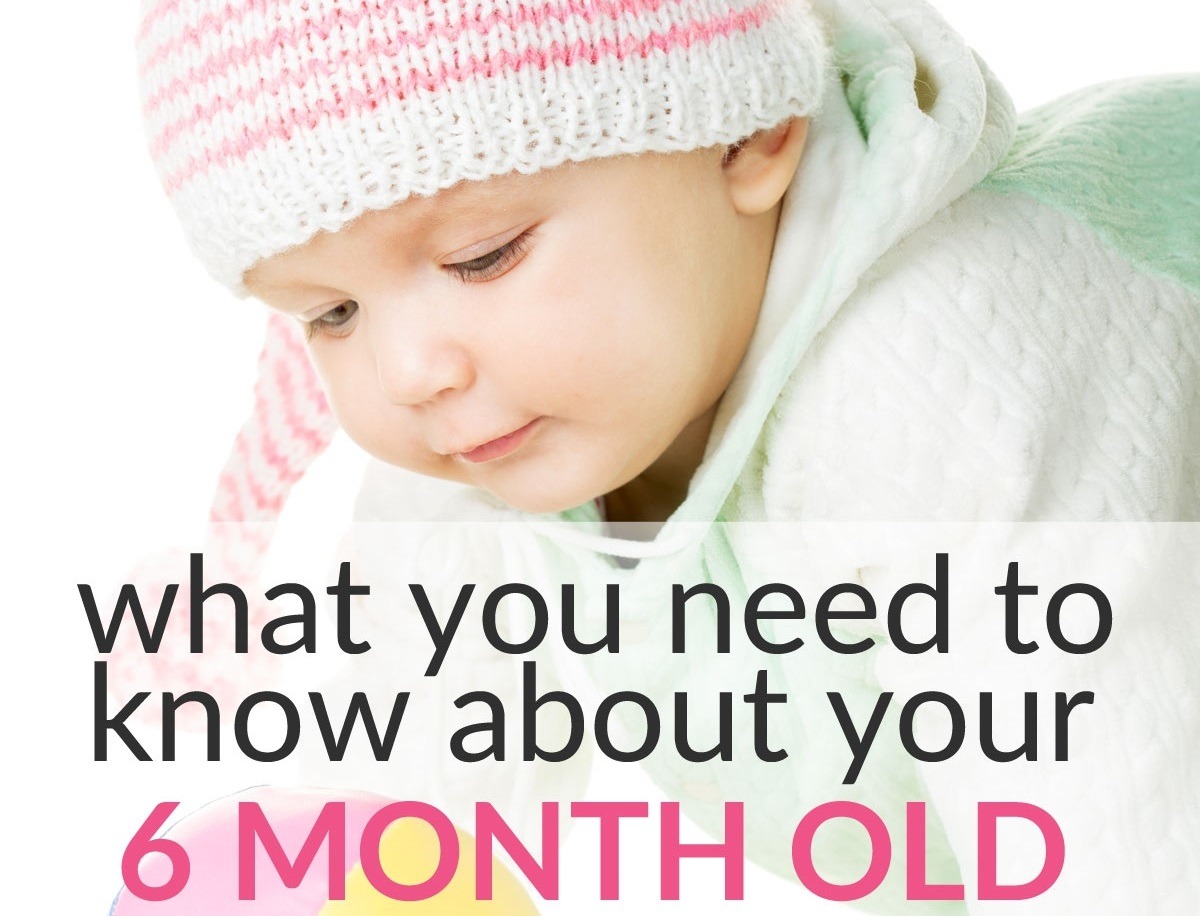Fetal development stages
Home » » Fetal development stagesYour Fetal development stages images are available in this site. Fetal development stages are a topic that is being searched for and liked by netizens now. You can Download the Fetal development stages files here. Get all royalty-free photos.
If you’re looking for fetal development stages pictures information linked to the fetal development stages keyword, you have pay a visit to the ideal site. Our website always provides you with hints for viewing the maximum quality video and image content, please kindly surf and locate more enlightening video articles and graphics that fit your interests.
Fetal Development Stages. Your baby is an embryo consisting of two layers of cells from which all her organs and body parts will develop. Your baby is an embryo consisting of two layers of cells from which all her organs and body parts will develop. Once cell differentiation is mostly complete, the embryo enters the next stage and becomes known as a fetus. By the end of the seventh week of pregnancy — five weeks after conception — your baby�s brain and face are the focus of development.
 The second trimester Fetal development week by week YouTube From youtube.com
The second trimester Fetal development week by week YouTube From youtube.com
Fetal development five weeks after conception. This stage is marked by amazing change and growth. In the two weeks prior to conception, the body is readying the womb for a potential pregnancy by growing a layer of rich, blood perfused tissue. This baby movement is termed quickening. The eyes have moved forward on the face and eyelids have formed. The baby may begin to make movements that the mother can feel at about 19 to 21 weeks;
Blood vessels from the embryo, which pass through the umbilical cord to the placenta, develop in the villi.
The process of fetal development occurs in three stages as follows: Development and anatomy of the nasal accessory sinuses in man; Seven weeks into your pregnancy, or five weeks after conception, your baby�s brain and face are growing. At 8 weeks of pregnancy, the placenta and fetus have been developing for 6 weeks. Relative brain size embryonic (week 4, 5, 6, and 8) and late fetal (third trimester) during the fetal period there is ongoing growth in size, weight and surface area of the brain and spinal cord. The sex organs begin to form.
 Source: youtube.com
Source: youtube.com
The eyes have moved forward on the face and eyelids have formed. The three main stages of development are ovulation/conception, embryonic development and development of the fetus. The sex organs begin to form. Seven weeks into your pregnancy, or five weeks after conception, your baby�s brain and face are growing. The umbilical cord is clearly visible.
 Source: embryology.med.unsw.edu.au
Source: embryology.med.unsw.edu.au
The process of fetal development occurs in three stages as follows: Here you�ll see pictures of how a fetus develops each week, and each trimester. The arms and legs grow longer, and fingers and toes have begun to form. The eighth week of pregnancy. Your baby is an embryo consisting of two layers of cells from which all her organs and body parts will develop.
 Source: embryology.med.unsw.edu.au
Source: embryology.med.unsw.edu.au
After the eighth week and until the. Here you�ll see pictures of how a fetus develops each week, and each trimester. The eighth week of pregnancy. Seven weeks into your pregnancy, or five weeks after conception, your baby�s brain and face are growing. At 8 weeks of pregnancy, the placenta and fetus have been developing for 6 weeks.
 Source: embryology.med.unsw.edu.au
Source: embryology.med.unsw.edu.au
This period of development begins during the ninth week and lasts until birth. The baby at this stage of development can move its facial muscles, yawn, and suck its thumb. The three main stages of development are ovulation/conception, embryonic development and development of the fetus. The period between the third to the eighth week in pregnancy is called the embryonic period. Here you�ll see pictures of how a fetus develops each week, and each trimester.
 Source: youtube.com
Source: youtube.com
By the end of the seventh week of pregnancy — five weeks after conception — your baby�s brain and face are the focus of development. The baby at this stage of development can move its facial muscles, yawn, and suck its thumb. Development has four developmental stages: Development and anatomy of the nasal accessory sinuses in man; Ovulation usually occurs around week two of the cycle.
 Source: jcs.biologists.org
Source: jcs.biologists.org
Development has four developmental stages: During fetal development the gubernaculum and fetal growth in both male and female, changes the gonads’ relative This period of development begins during the ninth week and lasts until birth. Once cell differentiation is mostly complete, the embryo enters the next stage and becomes known as a fetus. Your baby is an embryo consisting of two layers of cells from which all her organs and body parts will develop.
 Source: embryology.med.unsw.edu.au
Source: embryology.med.unsw.edu.au
Moment of birth, your developing baby is called a fetus. The eighth week of pregnancy. Once cell differentiation is mostly complete, the embryo enters the next stage and becomes known as a fetus. The arms and legs grow longer, and fingers and toes have begun to form. In the two weeks prior to conception, the body is readying the womb for a potential pregnancy by growing a layer of rich, blood perfused tissue.
 Source: easybabylife.com
Source: easybabylife.com
This baby movement is termed quickening. Once cell differentiation is mostly complete, the embryo enters the next stage and becomes known as a fetus. At 8 weeks of pregnancy, the placenta and fetus have been developing for 6 weeks. Moment of birth, your developing baby is called a fetus. Your baby is an embryo consisting of two layers of cells from which all her organs and body parts will develop.
This site is an open community for users to submit their favorite wallpapers on the internet, all images or pictures in this website are for personal wallpaper use only, it is stricly prohibited to use this wallpaper for commercial purposes, if you are the author and find this image is shared without your permission, please kindly raise a DMCA report to Us.
If you find this site helpful, please support us by sharing this posts to your preference social media accounts like Facebook, Instagram and so on or you can also bookmark this blog page with the title fetal development stages by using Ctrl + D for devices a laptop with a Windows operating system or Command + D for laptops with an Apple operating system. If you use a smartphone, you can also use the drawer menu of the browser you are using. Whether it’s a Windows, Mac, iOS or Android operating system, you will still be able to bookmark this website.